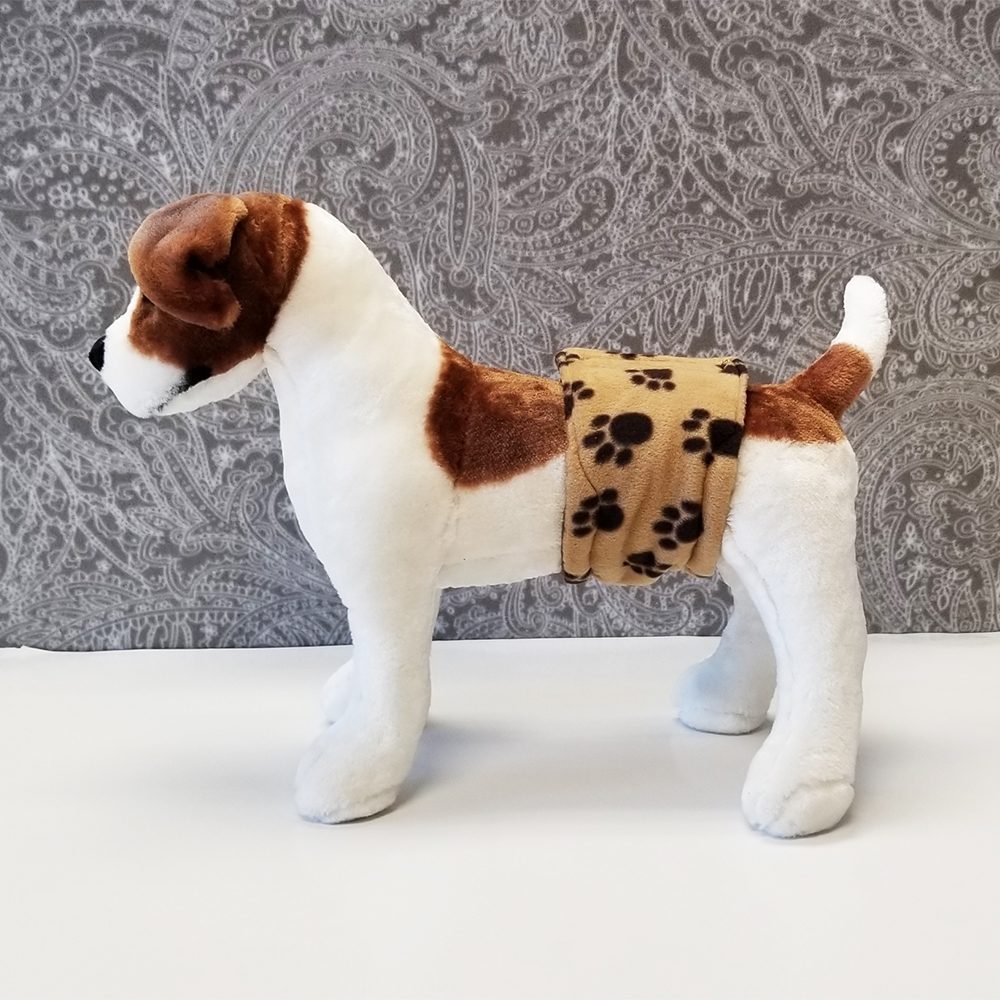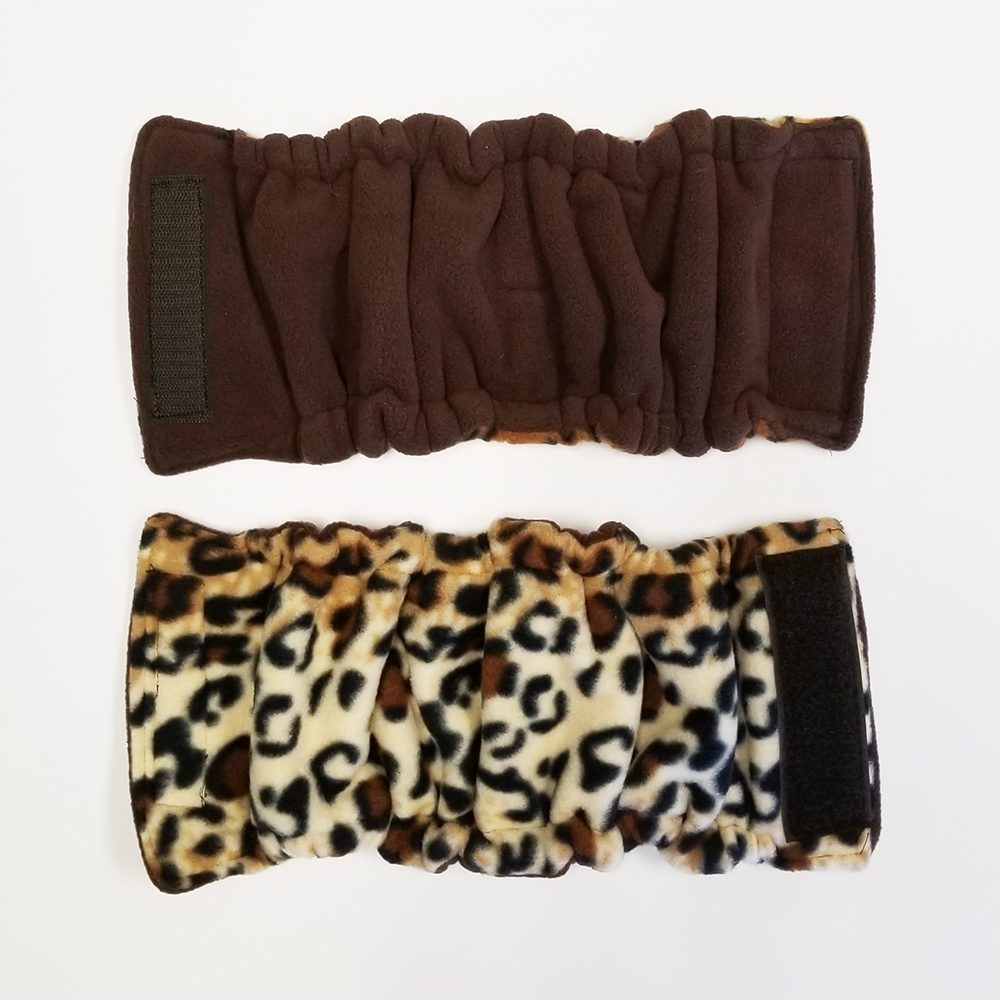Samoyed
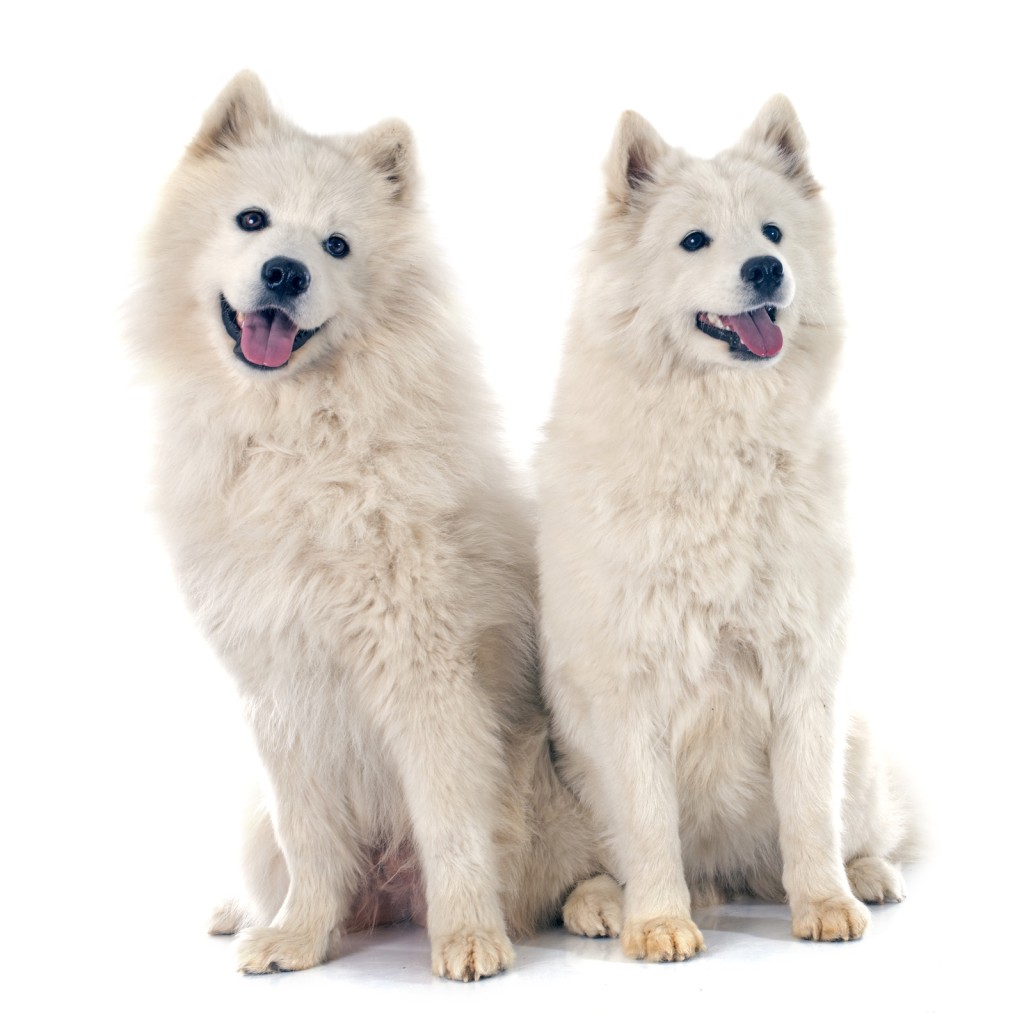
Samoyed: The Majestic and Friendly Arctic Breed
Welcome to the comprehensive guide on the Samoyed, a breed renowned for its stunning white coat, gentle disposition, and smiling expression. This page delves into the world of the Samoyed, a large, hardy breed known for its role as a sled dog in harsh Arctic conditions and its adaptability as a loving family companion.
Overview
Height: Males: 21-23.5″; Females: 19-21″
Weight: Males: 45-65 pounds; Females: 35-50 pounds
Colors: white, biscuit, cream, white and biscuit
Life Expectancy: 12-14 years
Group: Working Group
_________________________________________
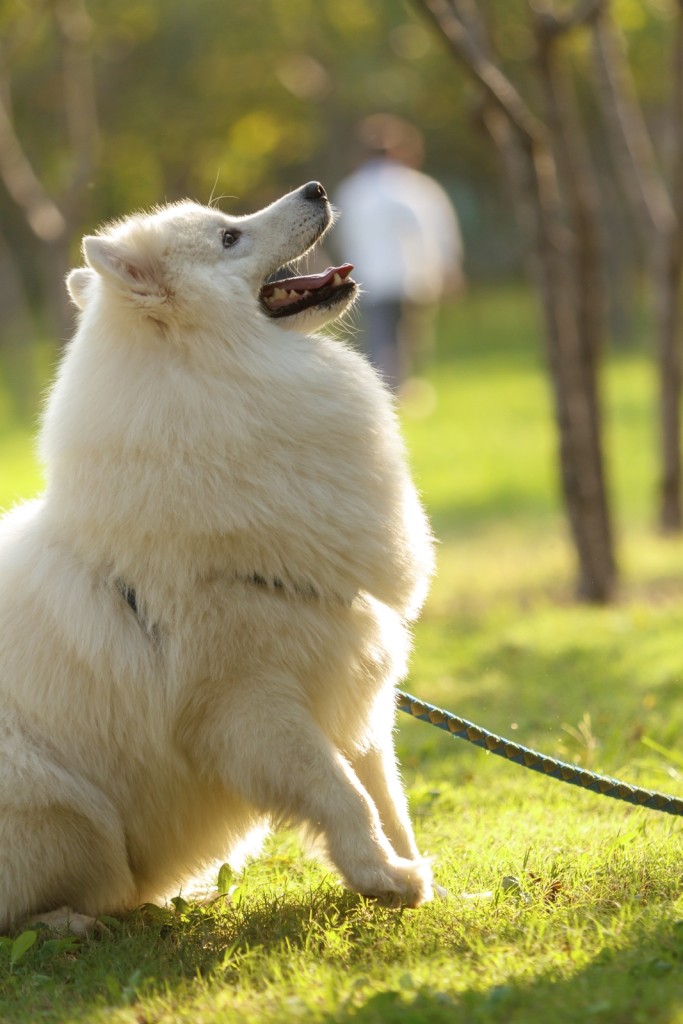
Physical Characteristics
- Luxurious White Coat: Samoyeds are best known for their dense, fluffy white coat, which can also be cream or biscuit-colored. This double coat is both beautiful and functional, providing insulation against cold climates.
- Strong and Graceful Build: They have a sturdy, muscular build, with a broad chest and strong legs, designed for endurance and agility in snowy environments. Their trademark ‘Samoyed smile’ is formed by the upturned corners of their mouth.
Temperament and Personality
Samoyeds are characterized by their friendly, gentle, and affectionate nature. They are social dogs who thrive on human companionship and are excellent with children. Known for their intelligence and eagerness to please, Samoyeds are loyal and form strong bonds with their families.
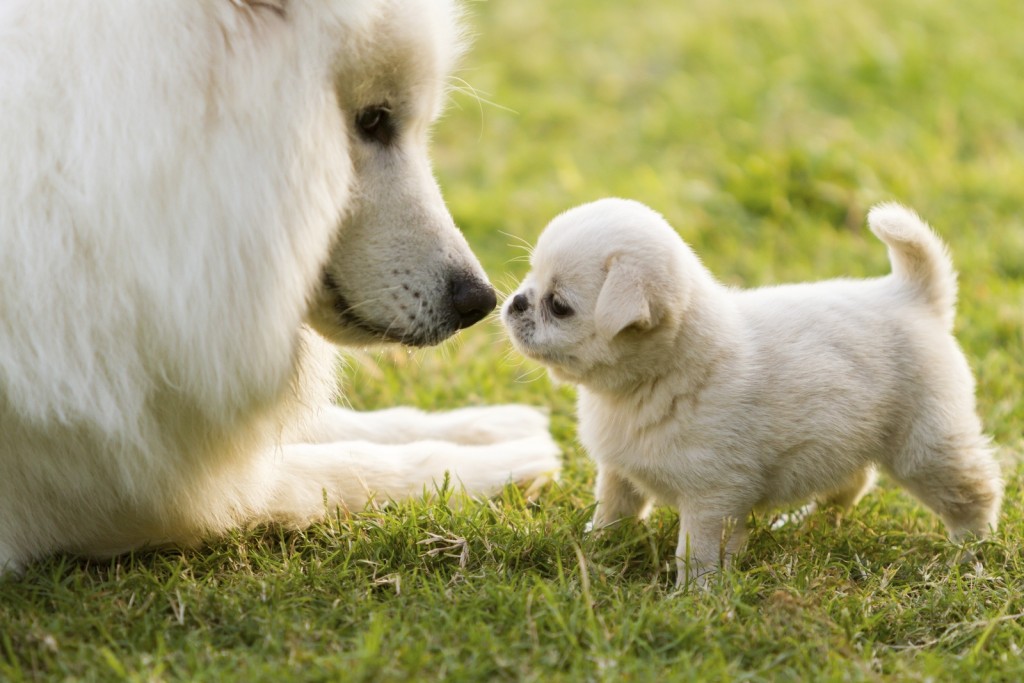
Training and Exercise Needs
- Training: Samoyeds are intelligent and respond well to consistent, positive reinforcement training. They can be independent thinkers, so patience and creativity in training are beneficial.
- Exercise: Being an active breed, Samoyeds require regular exercise. Activities like long walks, play sessions in the yard, and opportunities for running are ideal for keeping them physically fit.
- Mental Stimulation: Mental engagement through obedience training, puzzle toys, and interactive play is important for their well-being.
Health and Nutrition
- Diet: A balanced diet suitable for a large, active breed is crucial. Regular veterinary check-ups are essential to maintain their health.
- Common Health Issues: Generally healthy, Samoyeds can be prone to certain health conditions, such as juvenile cataracts, lens luxation, PPM, PRA, retinal dysplasia, glaucoma, hip dysplasia, diabetes epilepsy, cancer, hereditary nephritis. Regular health screenings are recommended. Dog Health Dictionary
Grooming and Care
- Coat Maintenance: Their thick, luxurious coat requires regular grooming to prevent matting and maintain its condition. During shedding seasons, more frequent brushing is necessary.
- General Care: Basic care includes routine health practices such as dental hygiene, nail trimming, and ear cleaning.
Living with a Samoyed
- Family Compatibility: They are excellent with families and adapt well to various living environments, including colder climates.
- Adaptability: Samoyeds are versatile and can thrive in both active and relaxed households, as long as they receive adequate exercise and attention.
- Companionship: Samoyeds enjoy being involved in family activities and are happiest when they are part of the family’s daily life.
Responsible Ownership and Adoption
- Selecting a Breeder: Choose breeders who prioritize health, temperament, and adherence to breed standards.
- Adoption Options: Considering adoption from shelters or breed-specific rescues is a great way to offer a home to a Samoyed in need.
.
Conclusion: The Samoyed, with its stunning appearance, friendly nature, and adaptable personality, is an ideal breed for those seeking a joyful, active, and loyal companion. Their affectionate and sociable demeanor makes them a beloved member of many households.
Housebreaking
PUPPY HOUSEBREAKING tips: https://www.dog-breeds.net/puppy-housebreaking/
ADULT MARKING AND RETRAINING tips: https://www.dog-breeds.net/dog-housebreaking-marking-page/


